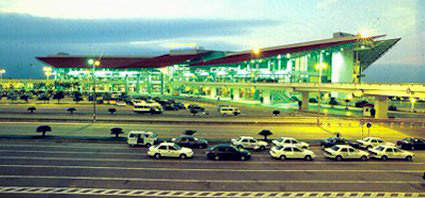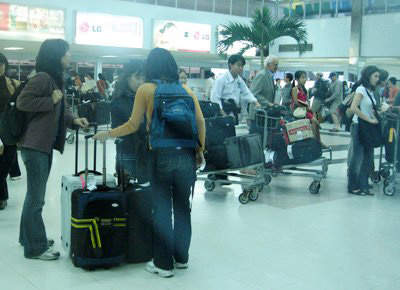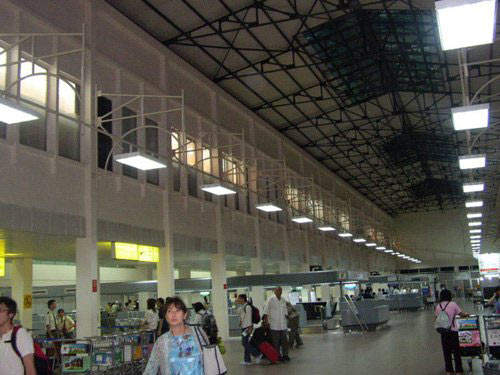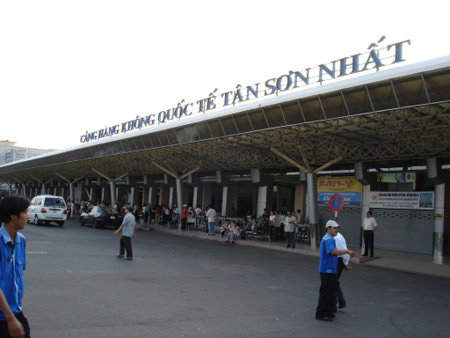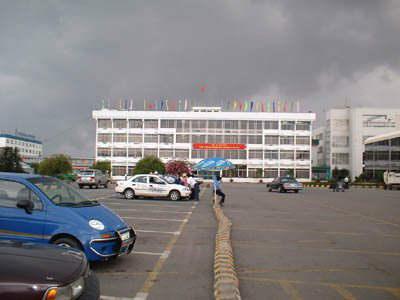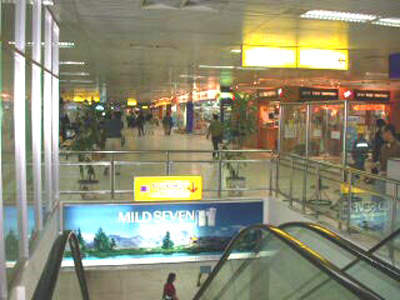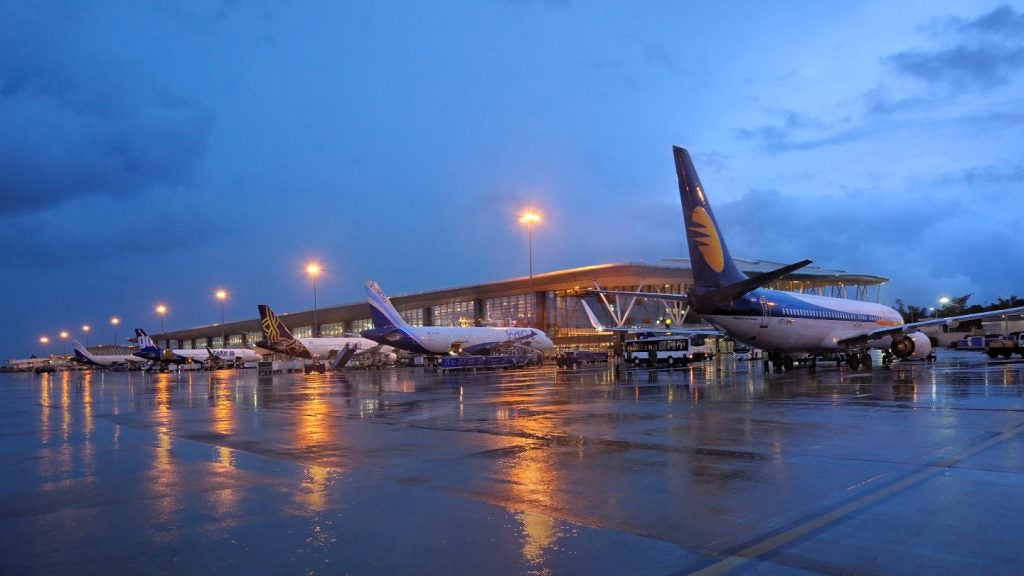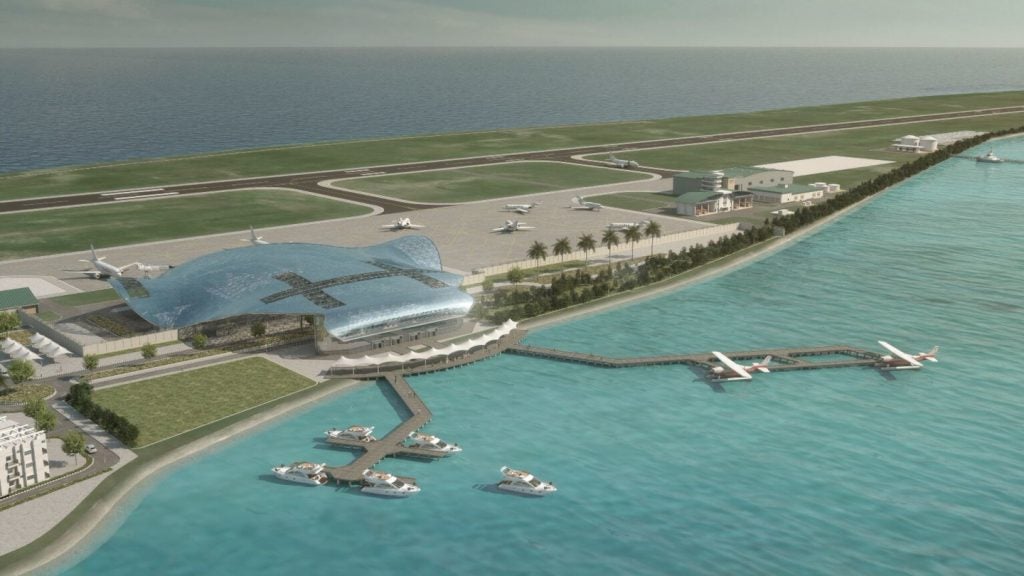Tan Son Nhat is Vietnam’s largest international airport and serves Ho Chi Minh City (formerly Saigon). The airport is located about four miles (7km) from downtown Ho Chi Minh City.
Tan Son Nhat International Airport was first built in the 1930s, when the French Colonial government constructed a small unpaved airport, known as Tân Sơn Nhất Airfield, in the village of Tan Son Nhat. By 1956 US foreign aid had built a 7,200ft runway and the facility became South Vietnam’s international airport.
During the Vietnam War, Tan Son Nhat Air Base was an important base for both the United States Air Force (USAF) and the South Vietnamese Air Force (VNAF).
Prior to the end of the war in 1975, Tan Son Nhat International Airport had been one of the busiest airbases worldwide. In 2006, the airport served approximately 8.5 million passengers (compared with seven million in 2005) with 64,000 aircraft movements.
TAN SON NHAT IMPORTANCE AND FINANCE
Tan Son Nhat Airport now accounts for nearly two-thirds of the international arrivals and departures in all of Vietnam’s airports. The airport is controlled by the Southern Airports Authority and has undergone various expansion projects to keep up with demand.
In 2002 the Civil Aviation Administration of Vietnam put forward a construction plan for a new international terminal at the airport. The project plan followed a special Japan Government Official Development Assistance (ODA) loan from the Japan Bank for International Cooperation JBIC of $260m (VND3.4tn).
The loan was provided for equipment purchases and for consultancy services and has a term of 40 years, with ten years interest free. JBIC loans normally cover 85% of project costs. The rest is sourced from the Southern Aviation Administration budget.
NEW INTERNATIONAL TERMINAL
Construction of the new Tan Son Nhat Airport terminal began in August 2004 and was opened in the first quarter of 2007. The new terminal equipment meets international standards and includes ten luggage conveyor belts, eight sky bridges, 20 escalators, 18 elevators, eight moving walkways, ten sets of automatic doors, 43 X-ray machines, and flight information boards and security equipment (CCTV and screening equipment).
The new terminal also has specialised retail areas, it will also offer other services such as the internet, online ticket sales, entertainment areas, and health and beauty care.
The Japan Airport Consulting Company holds the design and construction contracts for the terminal, which it contracted out to a consortium of four Japanese contractors, KTOM (Kajima Corporation, Taisei Corporation, Obayashi Corporation and Maeda Corporation) to construct the terminal and acquire and install the
equipment.
The four-storey terminal covers 100,000m², and has a capacity of eight to ten million international passengers per annum. The second phase of the new terminal, to be completed by 2010, will increase capacity to 15 million passengers a year. The older terminal will now serve domestic flights only.
By 2015 the Vietnamese are to build a new super airport at Long Thanh, which will supercede Tan Son Nhat completely; this will mean Tan Son Nhat Airport will then only handle domestic flights.
ARINC
ARINC Inc was selected as the information technology subcontractor for products and services at the new terminal in 2005. ARINC installed state-of-the-art passenger technology including its iMUSE for check-in and boarding, AirVUE for flight information, BagLink for baggage messaging, and AirDB for operations and revenue management.
iMUSE technology allows airlines to share one common set of workstations at the terminal’s departure gates and check-in desks. Common-use technology maximises the efficiency of airport operations and provides a high return on airport investment.
The ARINC AirVUE system is a multimedia information manager, which allows passengers to view real-time flight information on displays throughout the terminal. ARINC BagLink baggage message technology is designed to avoid remote single-point failures by providing comprehensive message processing on site, instead of relying on a remote server and network.
TAN SON NHAT’S OLD TERMINAL
Prior to the new facility Tan Son Nhat operated from a single terminal building with separate sections for international and domestic flights. Four aerobridges were added in the late 1990s prior to which planes parked away from the terminal and passengers took buses to and from the terminal.
The capacity of the old terminal is seven million passengers per annum. Arrivals and departures at the terminal are divided between two floors. While the new terminal was under construction the existing terminal was upgraded to accommodate various planes, including heavy civilian aircraft like the Airbus A340 or Boeing 747-400.
VIETNAM AIRLINES
Vietnam Airlines (based at the airport) are also currently in discussion with Boeing about the purchase of the new 7E7 Dreamliner aircraft for replacing their aging fleet. There could be an order for 15 aircraft worth over $120m each. The new aircraft would allow the airline to fly non-stop to destinations in Europe and North America.
In September 2007 Vietnam Airlines will receive their first Boeing 777, the first of four airplanes they have ordered. By 2008 they hope to have eight Boeing 777s in their fleet.

